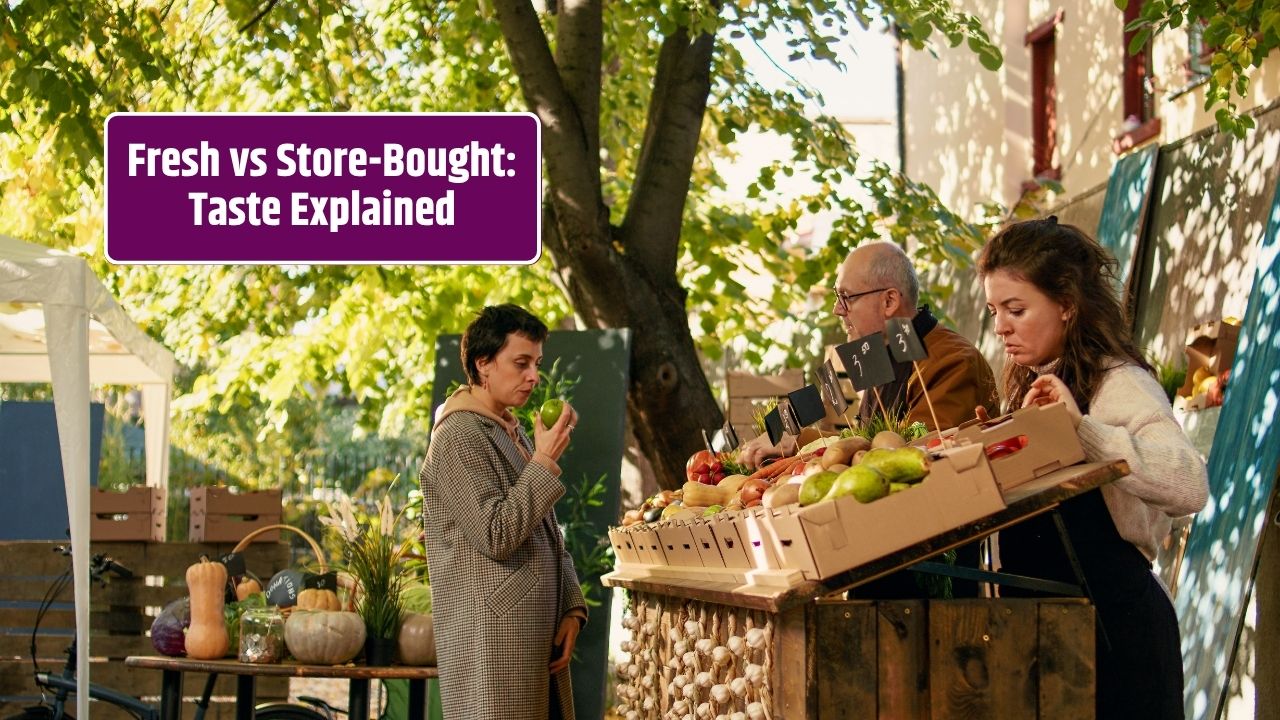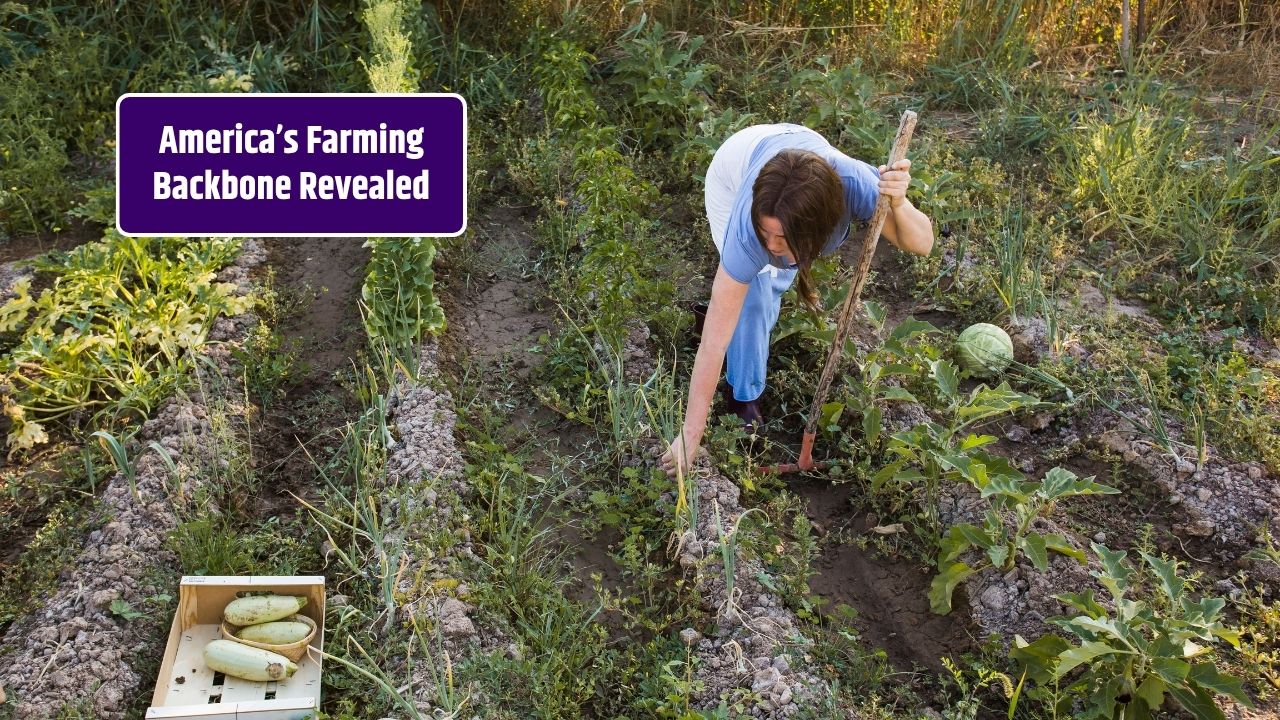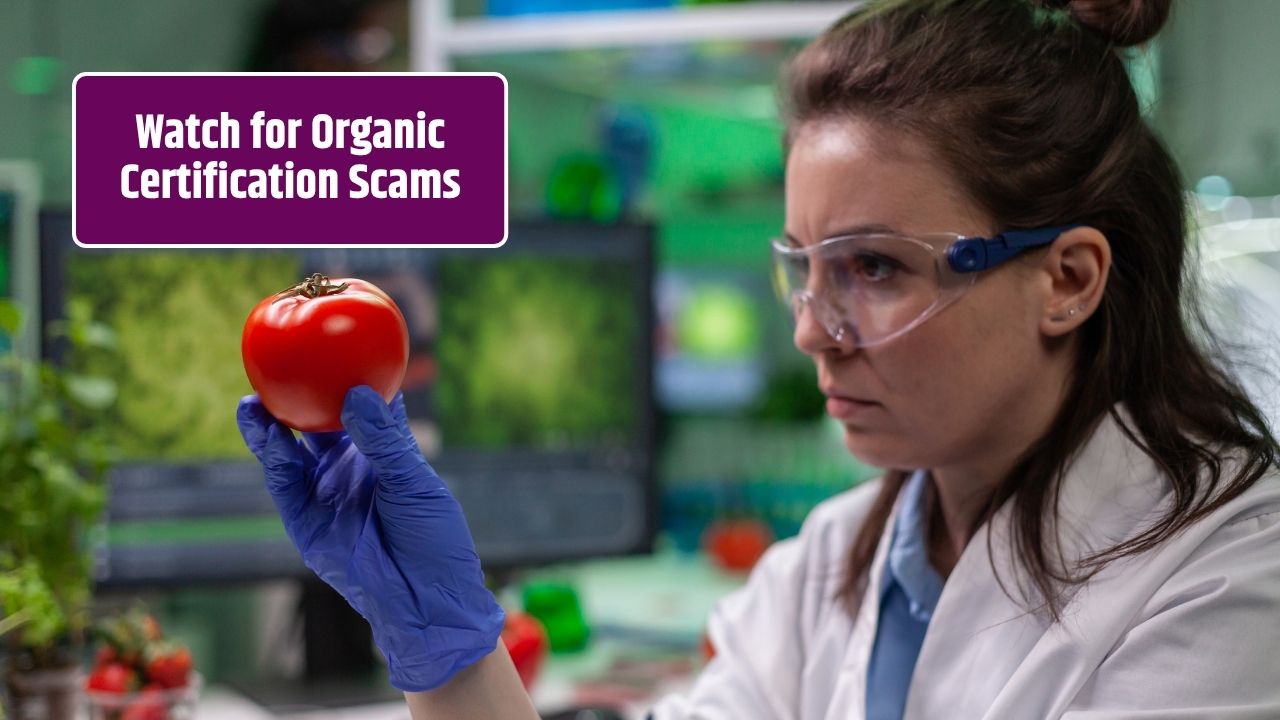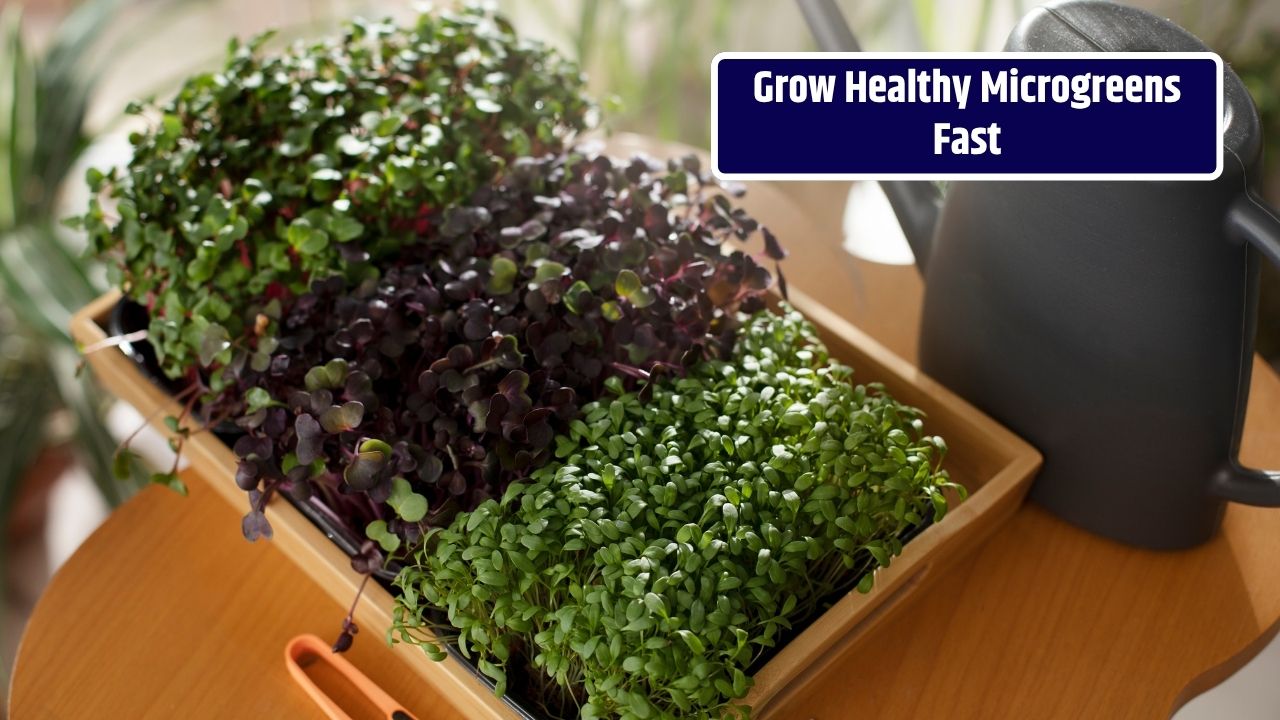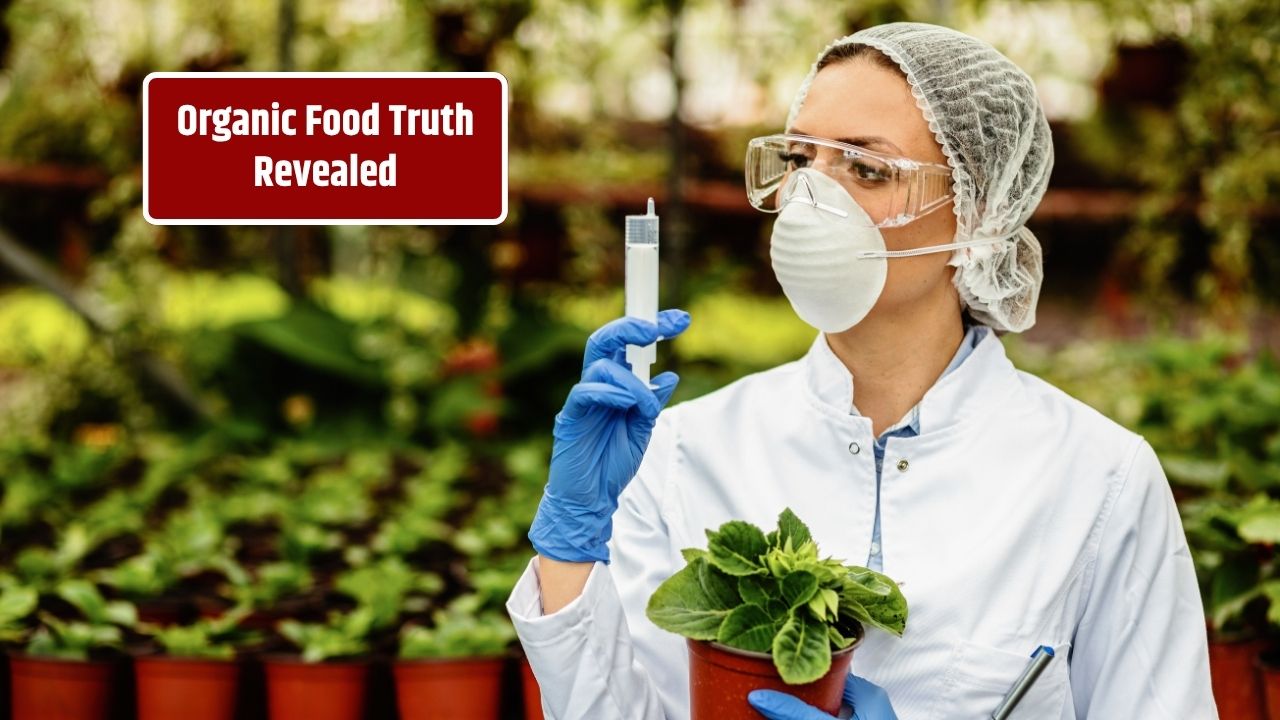There’s a reason why a tomato from your local farmer’s market often tastes better than one from the supermarket shelf—and it’s not just nostalgia. Local produce typically tastes better because it’s fresher, harvested at peak ripeness, and travels a shorter distance from farm to fork.
But there’s also science behind that flavor difference. Let’s dig into the facts that make local fruits and vegetables stand out.
Table of Contents
What Makes Local Produce Taste Better?
1. Picked at Peak Ripeness
Local farmers can harvest fruits and vegetables when they are fully ripe, unlike industrial farms that often pick produce early to withstand long-distance shipping. Ripening on the vine or plant allows sugars to fully develop, boosting sweetness and depth of flavor.
For example, a strawberry picked at its peak can contain significantly more natural sugars and aromatic compounds than one picked green and gassed with ethylene to ripen during transport.
2. Shorter Supply Chain = Less Time to Lose Flavor
The flavor and nutrient quality of produce start degrading as soon as it’s picked. Local produce typically reaches you within 24 to 72 hours of harvest, compared to 7–21 days for most supermarket produce.
Nutrient and flavor loss over time:
| Produce Type | Time to Market | Nutrient/Flavor Loss (Est.) |
|---|---|---|
| Local Spinach | 1–2 days | Minimal |
| Store Spinach | 7–14 days | Up to 50% vitamin C loss |
| Local Corn | Same-day or next-day | Full sugar profile |
| Store Corn | 5–7 days | Sugars convert to starch |
3. Less Handling = Better Texture and Aroma
Local produce is handled fewer times, reducing bruising and oxidation that can dull flavor. Many local farmers also avoid wax coatings, gassing agents, and refrigeration tricks used in large-scale distribution—all of which can alter texture and aroma.
4. Soil Health and Farming Practices
Smaller, local farms are more likely to use soil-enriching practices like composting, cover cropping, and crop rotation. Healthy soil leads to healthier plants and, often, more complex and robust flavors.
Additionally, heirloom and specialty varieties—often favored by local farms—are bred for taste, not transport. Unlike commercial hybrids designed for shelf life, these crops offer unique flavor profiles.
5. No Need for Preservatives or Ripening Agents
Produce shipped long distances is often treated with preservatives or sprayed with ethylene gas to force ripening. While safe, these processes can negatively impact flavor and aroma. Local food, sold quickly after harvest, rarely requires these interventions.
Why the Science of Freshness Matters
- Volatile Compounds: Many of the chemicals that give fruits and vegetables their aroma are volatile and begin to degrade soon after harvest.
- Sugars and Acids: A ripe tomato contains a perfect balance of sugars and acids. Once picked, sugars break down and acidity can increase—affecting flavor.
- Cell Structure: Freshness preserves crisp texture. Over time, moisture loss and enzymatic breakdown make produce soft or mealy.
Taste Local, Support Local
Buying local isn’t just about better taste—it supports community farmers, reduces your carbon footprint, and promotes seasonal eating. You’ll often discover unique varieties you won’t find in chain supermarkets, each offering a new taste experience.
FAQs
Is local produce always organic?
Not necessarily. Local doesn’t always mean organic, though many small farms use organic or low-spray methods even if they’re not certified.
How can I tell if produce is local at the store?
Check for signage indicating the farm or region. Farmer’s markets and CSA programs are your most reliable sources of local produce.
What’s the best way to store local produce to preserve flavor?
Store in a cool, dry place or refrigerator depending on the item. Use within a few days of purchase for peak taste and nutrients

